

Articles
How To Store Mango After Cut
Modified: March 1, 2024
Learn the best methods for storing cut mangos to keep them fresh and delicious for longer. Read our informative articles and follow our expert tips!
(Many of the links in this article redirect to a specific reviewed product. Your purchase of these products through affiliate links helps to generate commission for Storables.com, at no extra cost. Learn more)
Introduction
Welcome to the wonderful world of mangoes! Known for their sweet and tropical flavor, mangoes are a favorite fruit for many people. Whether you enjoy them on their own, in a smoothie, or as part of a delicious dessert, there’s no denying the joy that mangoes bring to our taste buds.
However, once you’ve cut into a ripe mango, you may find yourself wondering how to store the remaining fruit. After all, you want to ensure that it stays fresh and maintains its deliciousness for as long as possible.
In this article, we will explore the reasons why it’s important to store cut mangoes properly and provide you with the best practices to do so. Whether you have a surplus of mangoes from your backyard harvest or simply couldn’t resist buying a few extra at the grocery store, we’ve got you covered with tips and tricks to keep your cut mangoes fresh and tasty.
By following these guidelines, you can extend the shelf life of your cut mangoes and enjoy their delectable flavor even after they have been sliced. So let’s dive in and discover the secrets to storing cut mangoes!
Key Takeaways:
- Extend the Freshness: Properly storing cut mangoes in airtight containers, refrigerating at the right temperature, and freezing for long-term enjoyment helps preserve their tropical flavor and reduce food waste.
- Flavorful Convenience: By following best practices like using lemon juice, choosing the right mango, and avoiding excess moisture, you can savor the deliciousness of stored cut mangoes in various recipes and snacks.
Read more: How To Cut A Mango With Seed
Why Store Mango After Cut?
When you have a perfectly ripe mango, it’s tempting to devour it all in one sitting. However, there are times when you may want to save some for later. Whether you have leftover mango from a recipe or simply want to enjoy it over a few days, properly storing cut mango is essential to maintain its freshness and flavor.
One of the main reasons to store cut mango is to prevent it from spoiling. Once a mango has been cut open, its flesh is exposed to air, which can lead to oxidation. This process can cause the mango to become mushy and discolored, ultimately making it unappetizing to eat.
Additionally, by storing cut mango properly, you can avoid the risk of bacterial growth. When fruit is left at room temperature for an extended period, bacteria can multiply rapidly, leading to potential foodborne illnesses. Storing cut mango in the refrigerator or freezer helps to inhibit bacterial growth, ensuring that the fruit remains safe to eat.
Furthermore, storing cut mango allows you to enjoy this delicious fruit over a longer period. By keeping it fresh and tasty, you can savor the flavors and incorporate them into various recipes. Whether you want to add mango to your morning yogurt or create a tropical fruit salad, having stored cut mango on hand can be a convenient and flavorful addition to your meals.
Not only does proper storage of cut mango prolong its shelf life and flavor, but it also helps to reduce food waste. By storing cut mango properly, you can avoid throwing away spoiled fruit and make the most of your purchase. This is not only beneficial for your wallet but also for the environment, as reducing food waste contributes to sustainability efforts.
Overall, there are numerous advantages to storing cut mango. From preventing spoilage and bacterial growth to enjoying the fruit over an extended period and reducing food waste, it’s clear that proper storage is essential. Now that we understand why it’s important, let’s explore the best practices for storing cut mango.
Best Practices for Storing Cut Mangoes
When it comes to storing cut mangoes, following the right practices can help retain their freshness and flavor. Here are some tips to ensure that your cut mangoes stay delicious:
- Choosing the right mango: Selecting a ripe and firm mango is crucial for optimal storage. Look for mangoes with a slight give when gently squeezed and a fragrant aroma near its stem.
- Preparing the mango for storage: Start by washing the mango thoroughly to remove any dirt or residue. Then, using a sharp knife, slice the mango flesh away from the pit, ensuring clean cuts without damaging the fruit.
- Using proper storage containers: The key to keeping cut mangoes fresh is to store them in airtight containers. Use glass or plastic containers with tight-fitting lids to prevent air exposure and maintain the fruit’s moisture.
- Refrigerating the cut mango: Once the mango is sliced and placed in a container, it’s essential to store it in the refrigerator. This helps slow down the ripening process and extends its shelf life. Ideally, the cut mango should be stored at temperatures between 32°F and 40°F (0°C and 4°C).
- Freezing cut mangoes: If you have a surplus of cut mangoes or want to save them for longer periods, freezing is a great option. Place the cut mango pieces in a freezer-safe bag or container, removing as much air as possible. This helps prevent freezer burn and preserves the flavor and texture of the mangoes. Frozen mango can be stored for up to six months.
- Tips for extending the shelf life: To further extend the shelf life of cut mangoes, you can consider adding a squeeze of lemon or lime juice to the fruit before storing. The acidity helps slow down the oxidation process, keeping the mangoes fresher for longer. Additionally, you can sprinkle a bit of sugar over the cut mangoes to enhance their natural sweetness.
By following these best practices, you can ensure that your cut mangoes stay fresh and flavorful for an extended period. Now, you can enjoy the delicious taste of mangoes whenever you desire without worrying about wastage or spoilage.
Choosing the Right Mango
When it comes to storing cut mangoes, selecting the right mango is the first step towards ensuring the best results. Here’s what you need to consider:
1.1 Ripeness: Look for mangoes that are ripe but still firm. A ripe mango will give slightly when gently squeezed. Avoid mangoes that are overly soft or squishy, as they may be overripe and not ideal for storing after being cut.
1.2 Fragrance: Give the mango a whiff near the stem area. A ripe mango will have a sweet and fragrant aroma, indicating its readiness to be enjoyed.
1.3 Color: While color alone is not a foolproof indicator of ripeness, most mango varieties will have a yellow, orange, or red blush when fully ripe. However, the intensity of color can vary depending on the variety, so it’s best to rely on ripeness and fragrance as determining factors.
1.4 Varieties: There are various mango varieties available, each with its unique flavor profile. Some popular types include Alphonso, Ataulfo, Kensington Pride, and Tommy Atkins. Consider experimenting with different varieties to discover your personal favorite.
By choosing a ripe and firm mango with a pleasant aroma, you can ensure that your cut mangoes will have a delicious taste and stay fresh for longer.
Once you have selected the right mango, it’s time to move on to the next step: preparing the mango for storage.
Preparing the Mango for Storage
Properly preparing the mango before storage is crucial in preserving its freshness and flavor. Here are the steps to follow:
2.1 Wash the mango: Start by rinsing the mango under cool water to remove any dirt or debris on the skin. Gently rub the skin with your hands to ensure thorough cleaning.
2.2 Cut the mango: Using a sharp knife, carefully slice the mango lengthwise, avoiding the large seed in the center. Cut along both sides of the seed to separate the flesh from the pit.
2.3 Score the mango: Once the mango halves are separated, make lengthwise and crosswise cuts in the flesh without piercing the skin. This creates small mango cubes that are easy to eat or use in recipes later.
2.4 Remove the skin: To remove the mango cubes from the skin, gently push the skin inside out or use a spoon to scoop out the cubes. Be careful not to damage the delicate flesh while doing so.
2.5 Repeat for remaining mango: If you have more than one mango to prepare, repeat the same process for each fruit.
By following these steps, you have successfully prepared the mango for storage. Now it’s time to move on to the next step: selecting the right storage containers.
After cutting a mango, store it in an airtight container in the refrigerator for up to 4 days. You can also freeze mango slices for longer storage.
Read more: How To Store Mango
Using Proper Storage Containers
Choosing the right storage containers is essential for keeping your cut mangoes fresh and safe. Here’s what you need to know:
3.1 Airtight Containers: Opt for storage containers that are airtight and have tight-fitting lids. This helps to create an environment where the mangoes are protected from exposure to air, preventing oxidation and maintaining the fruit’s moisture.
3.2 Glass or Plastic: Both glass and plastic containers can be used for storing cut mangoes. Glass containers are a great choice as they are non-reactive and do not absorb odors. Plastic containers should be made of food-grade materials and BPA-free to ensure safety.
3.3 Size of Containers: Choose containers that allow enough room for the cut mangoes without overcrowding. It’s best to avoid packing the fruit too tightly to prevent squishing and damage.
3.4 Individual Portions: If you prefer portioned servings of cut mangoes, consider using small individual containers or silicone molds. This allows for easy grab-and-go access and reduces the need to handle the entire batch when you only want a small portion.
3.5 Labeling: To keep track of the storage date, it’s helpful to label the containers with the date of preparation. This makes it easier to determine the freshness and prioritize which mangoes to consume first.
3.6 Transparent Containers: Using transparent containers allows you to easily see the contents without opening the lid. This reduces the need for unnecessary exposure of the mangoes to air.
By utilizing airtight containers made of glass or food-grade plastic and considering portion sizes and labeling, you can ensure that your cut mangoes are stored properly.
Now that you know about the containers, let’s move on to the next step: refrigerating the cut mango.
Refrigerating the Cut Mango
Refrigeration is key to preserving the freshness and flavor of cut mangoes. Follow these steps to ensure optimal storage in the refrigerator:
4.1 Transfer to airtight containers: Place the cut mangoes in the airtight containers, making sure they are arranged in a single layer. Avoid overcrowding the container, as this can lead to uneven cooling and potential spoilage.
4.2 Store in the refrigerator: Place the containers of cut mangoes in the refrigerator, ideally on one of the refrigerator shelves rather than the door. This ensures a consistent temperature and prevents exposure to warm air every time the refrigerator is opened.
4.3 Temperature: The optimal temperature for storing cut mangoes is between 32°F and 40°F (0°C and 4°C). Keep your refrigerator set to this temperature range to maintain the quality of the fruit.
4.4 Shelf life: Cut mangoes stored in the refrigerator can typically last for 2-4 days. However, it’s always advisable to check for any signs of spoilage, such as mold or unpleasant odors, before consuming.
4.5 Inspect before eating: Before enjoying the refrigerated cut mangoes, inspect them for any signs of spoilage or off flavors. If the mangoes appear to be mushy, discolored, or have an unusual smell, it’s best to discard them.
4.6 Ripened mangoes: If your cut mangoes ripen further during storage and become softer, you can still enjoy them. They may be more suitable for eating fresh or blending into smoothies rather than using them in firm-textured dishes like salads.
By refrigerating the cut mangoes in airtight containers and maintaining the ideal temperature, you can prolong their freshness and enjoy them over a few days.
Next, we will explore another method of extending the shelf life of cut mangoes: freezing.
Freezing Cut Mangoes
If you have an abundance of cut mangoes or want to prolong their shelf life for an extended period, freezing is an excellent option. Here’s how to freeze cut mangoes:
5.1 Prepare the mangoes: Follow the steps outlined earlier to wash, peel, and cut the mangoes into desired shapes, such as cubes or slices.
5.2 Lay them on a tray: Arrange the cut mango pieces in a single layer on a baking tray or a parchment-lined tray. Make sure they are not touching each other, allowing them to freeze individually without sticking together.
5.3 Flash freeze: Place the tray of mangoes in the freezer and leave them to freeze for about 1-2 hours. This process, known as flash freezing, helps to prevent the pieces from clumping together during storage.
5.4 Transfer to freezer-safe containers: Once the mango pieces are partially frozen, transfer them into freezer-safe bags or containers. Remove as much air as possible from the bags before sealing to prevent freezer burn.
5.5 Label the containers: Write the date of freezing on the bags or containers to keep track of their storage time. Frozen mangoes can be kept for up to six months, but for the best flavor and texture, it’s recommended to consume them within three months.
5.6 Thawing: When you’re ready to use the frozen mangoes, simply remove the desired amount from the freezer and thaw them in the refrigerator overnight or at room temperature. Avoid thawing and refreezing the mangoes multiple times as this can affect their quality.
5.7 Usage: Frozen mangoes can still be enjoyed in various ways. They can be eaten as a frozen treat, added to smoothies, used to make sorbets and ice creams, or incorporated into baked goods and desserts. However, note that the texture of the mango may change slightly after being frozen.
By following these steps, you can successfully freeze cut mangoes and enjoy their deliciousness for many months to come.
Now that you know how to freeze cut mangoes, let’s move on to some tips for extending their shelf life.
Tips for Extending the Shelf Life
To maximize the shelf life of your cut mangoes and keep them fresh and delicious, consider the following tips:
6.1 Use lemon or lime juice: Before storing the cut mangoes, lightly drizzle them with fresh lemon or lime juice. The natural acidity helps to slow down the oxidation process, preventing browning and extending the freshness of the fruit.
6.2 Store in the right part of the refrigerator: Different areas of the refrigerator have varying temperatures, with the back and lower shelves typically being colder. Place your containers of cut mangoes in these colder areas to maintain their freshness for a longer time.
6.3 Keep them away from strong odors: Mangoes tend to absorb odors from other foods, which can alter their flavor. Avoid storing them near pungent foods like onions or strong-smelling cheeses to preserve the mangoes’ natural taste.
6.4 Avoid excess moisture: Excess moisture can cause the mangoes to become mushy and promote the growth of mold. Make sure to pat dry the cut mangoes before storing them in airtight containers to minimize moisture content.
6.5 Handle with clean utensils: When taking out cut mangoes for consumption, use clean utensils to prevent any contamination. Avoid using your hands directly, as they can introduce bacteria that may affect the fruit’s shelf life.
6.6 Don’t mix with other fruits: While it may be tempting to combine different fruits in one container, it’s best to store cut mangoes separately. Some fruits, like apples and bananas, release ethylene gas, which can accelerate the ripening process and potentially affect the quality of the mangoes.
6.7 Enjoy within recommended timeframes: Whether you choose to refrigerate or freeze the cut mangoes, it’s important to consume them within their recommended storage timeframes. This ensures that you enjoy the best texture, flavor, and quality of the fruit.
By following these tips, you can significantly extend the shelf life of your cut mangoes and enjoy them at their best for as long as possible.
Now that you have a comprehensive understanding of storing cut mangoes, let’s wrap up this article.
Read more: How To Store Rutabaga After Cutting
Conclusion
Storing cut mangoes properly is essential to maintain their freshness, flavor, and texture. By following the best practices outlined in this article, you can extend the shelf life of your cut mangoes and enjoy their deliciousness over an extended period.
Choosing the right mango, preparing it carefully, and using proper storage containers are the initial steps to ensure the longevity of cut mangoes. Refrigerating the mangoes in airtight containers helps to slow down the ripening process and preserve their taste. Alternatively, freezing cut mangoes is a great option for long-term storage, offering the opportunity to enjoy this tropical delight throughout the year.
Remember to label and date your containers, as well as inspect the mangoes before consuming them. Pay attention to any signs of spoilage and discard any mangoes that appear mushy or have an off smell.
By implementing these tips and techniques, you can reduce food waste, extend the shelf life of mangoes, and enjoy their sweet and tropical flavor whenever you desire. Whether you’re making smoothies, adding them to salads, or enjoying them as a refreshing snack, stored cut mangoes will bring a burst of tropical delight to your meals and snacks.
So the next time you have a surplus of cut mangoes, don’t let them go to waste. Store them properly and savor their deliciousness for longer. With these guidelines, you can make the most of this beloved tropical fruit and enjoy its vibrant taste all year round.
Frequently Asked Questions about How To Store Mango After Cut
Was this page helpful?
At Storables.com, we guarantee accurate and reliable information. Our content, validated by Expert Board Contributors, is crafted following stringent Editorial Policies. We're committed to providing you with well-researched, expert-backed insights for all your informational needs.
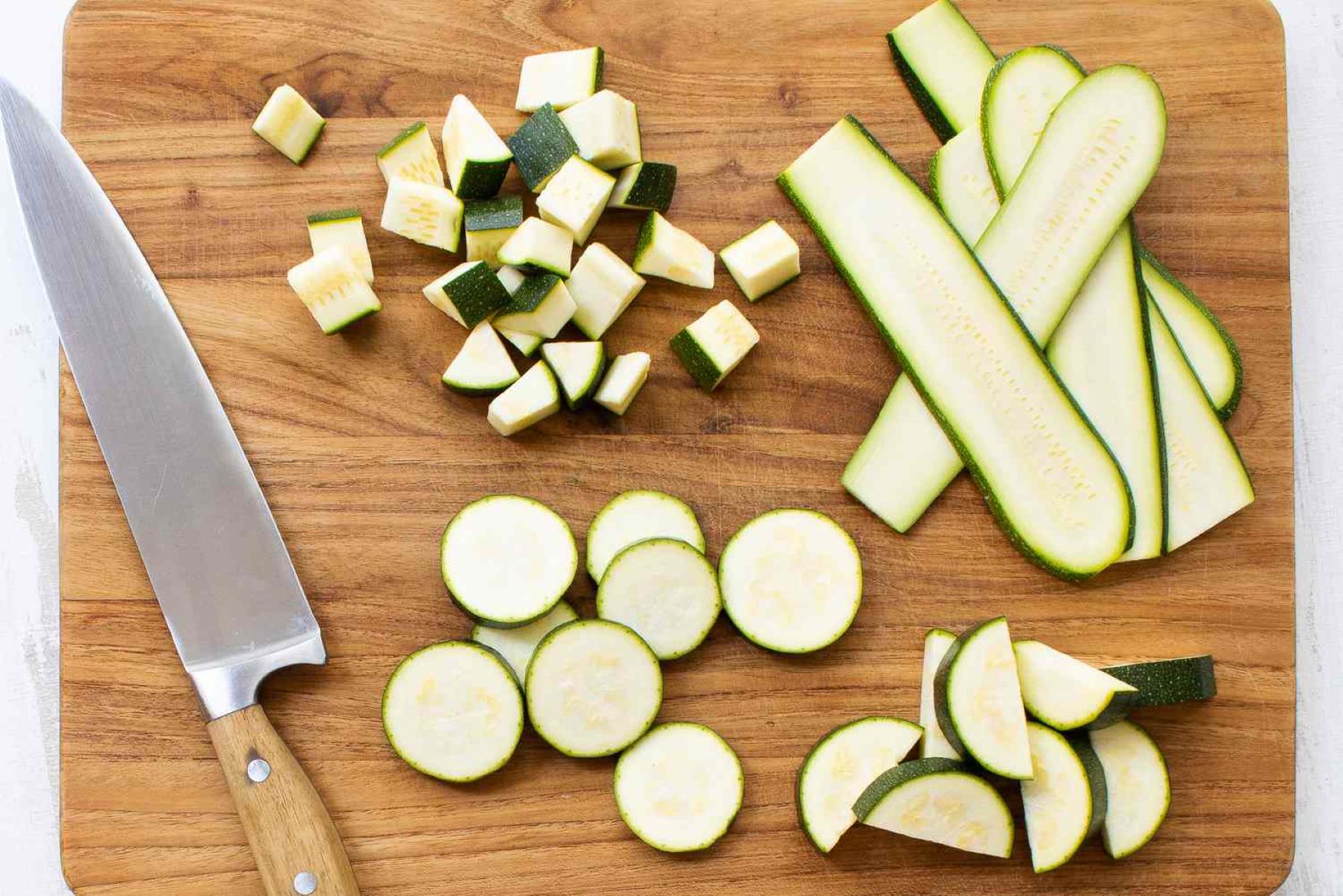
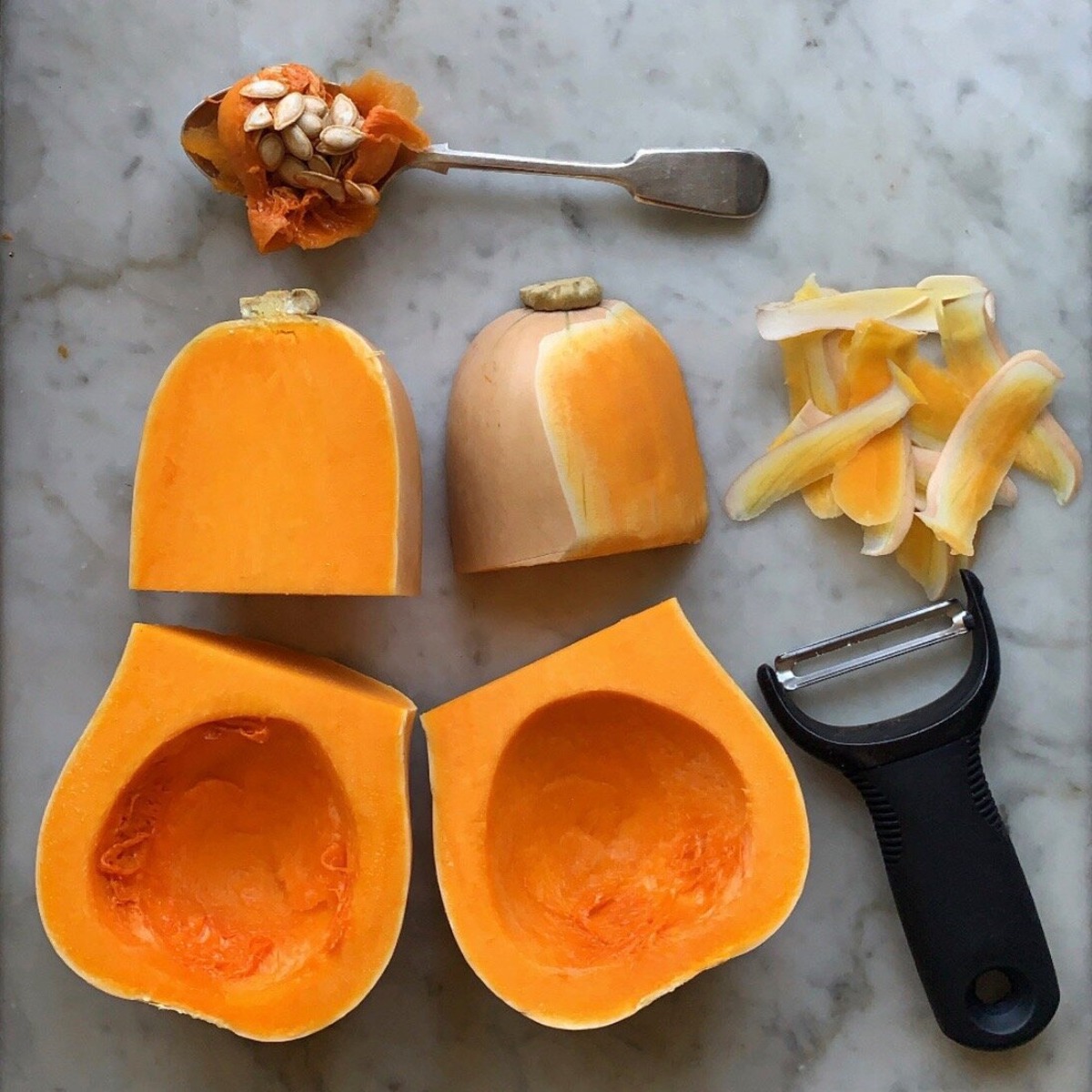

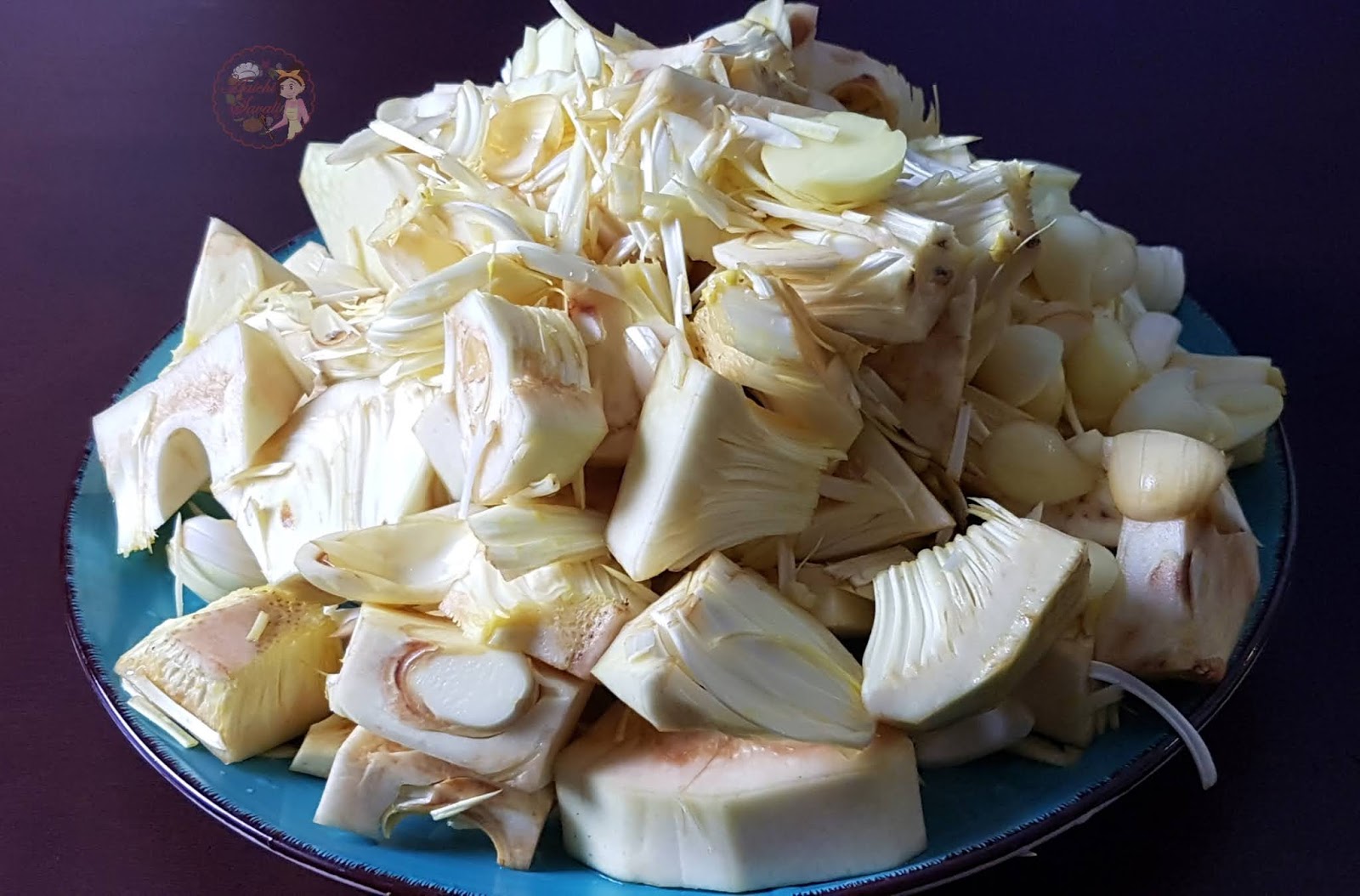
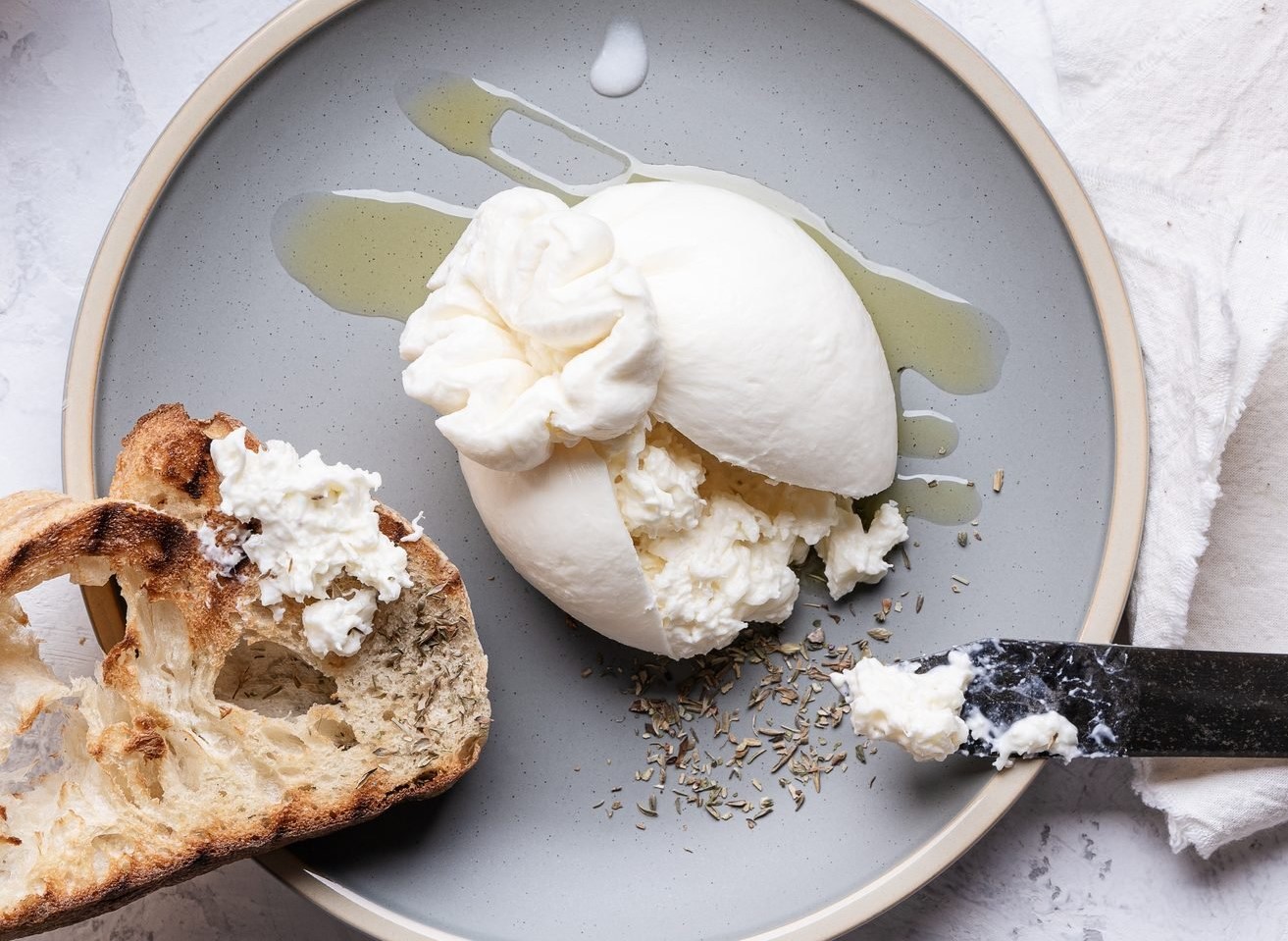

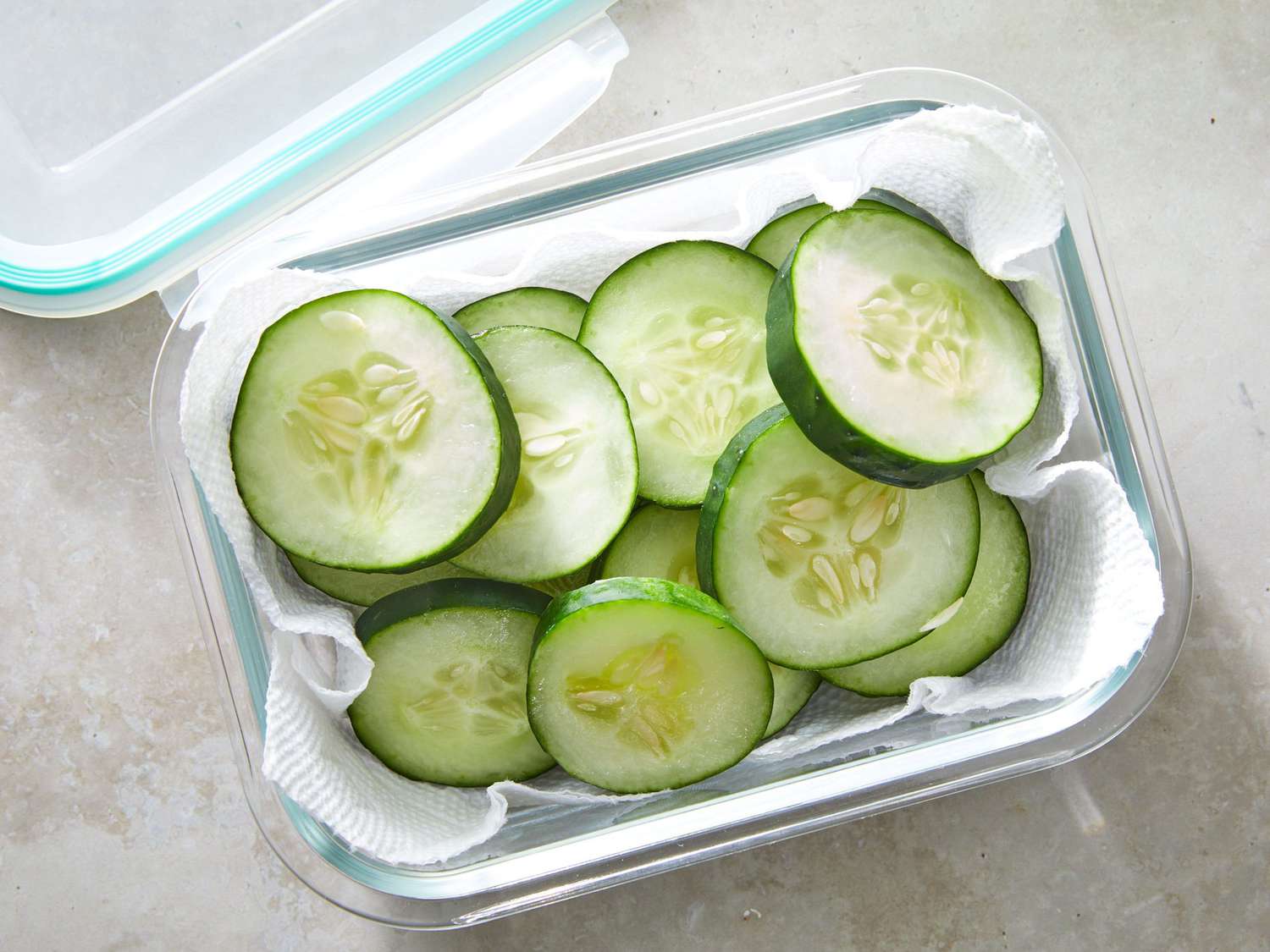

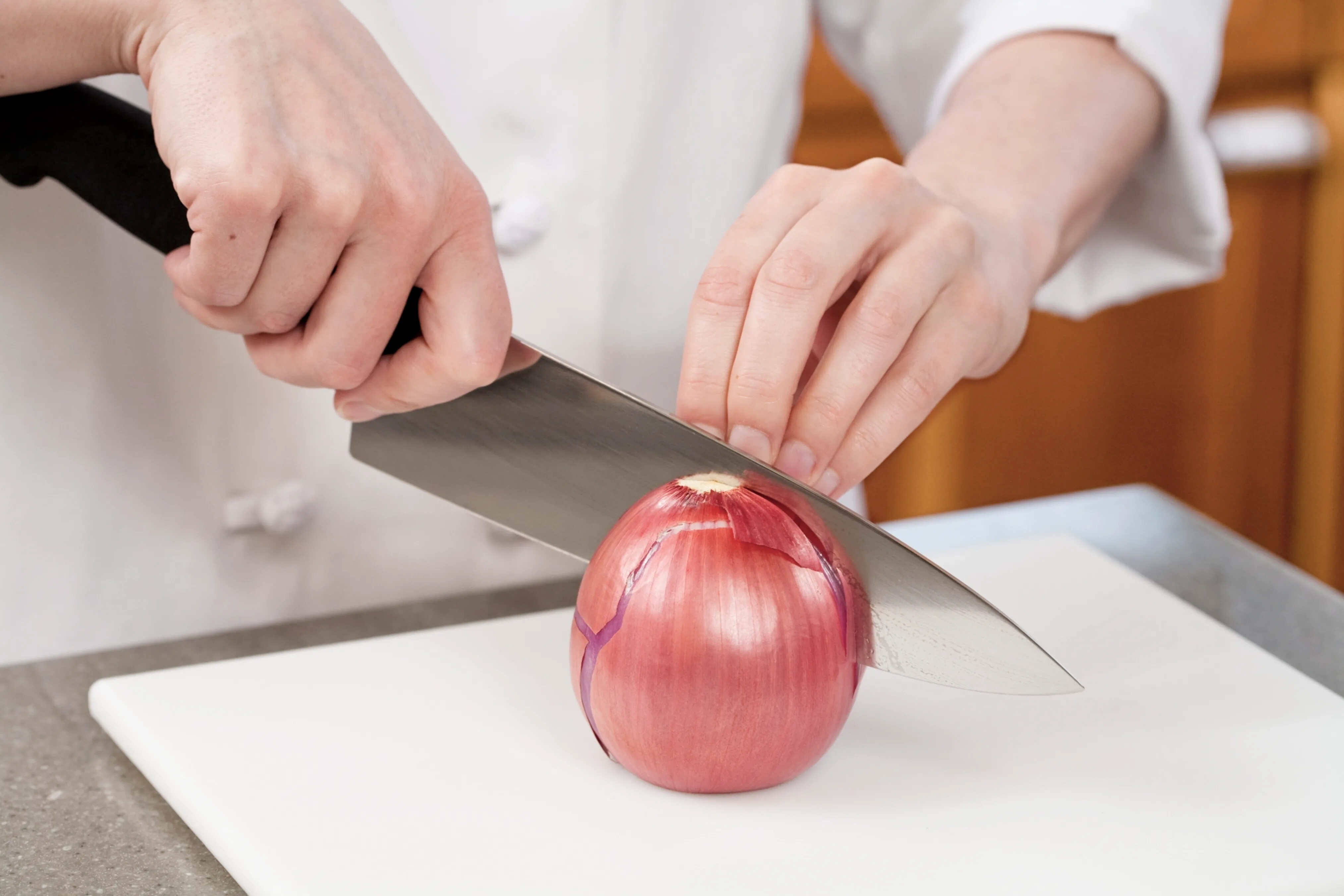
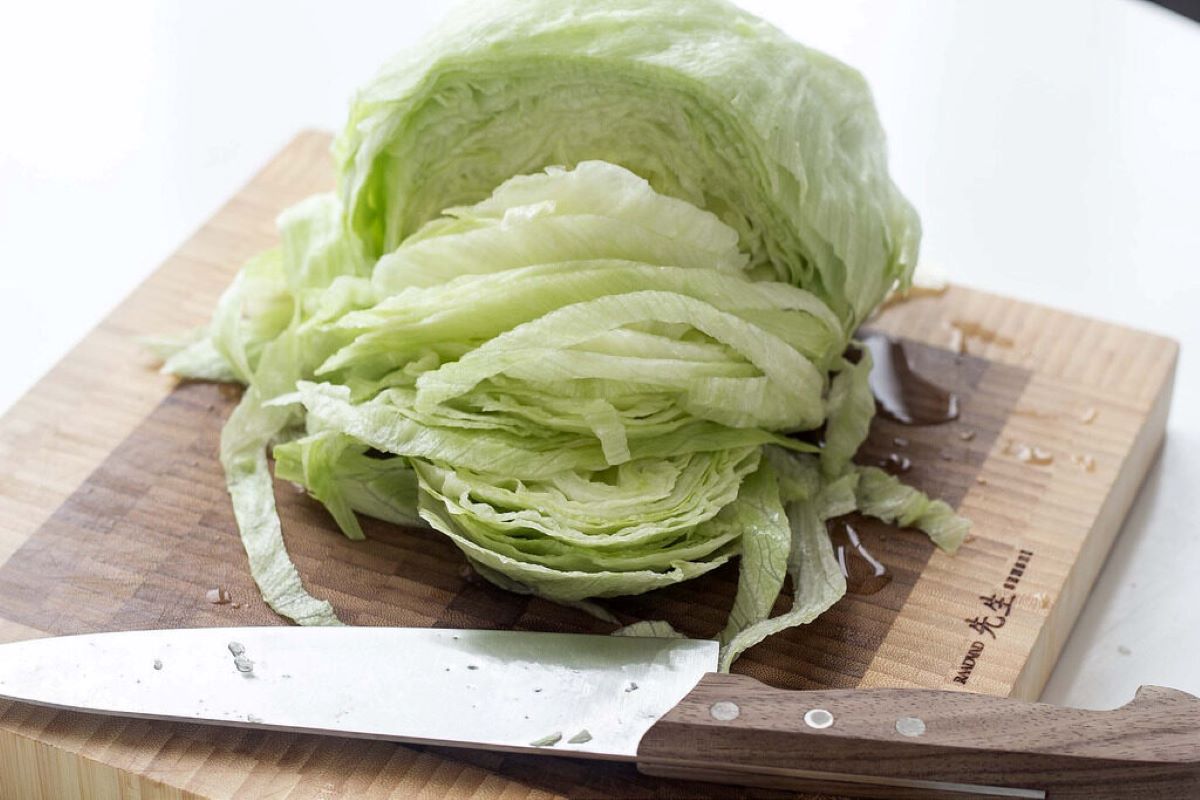
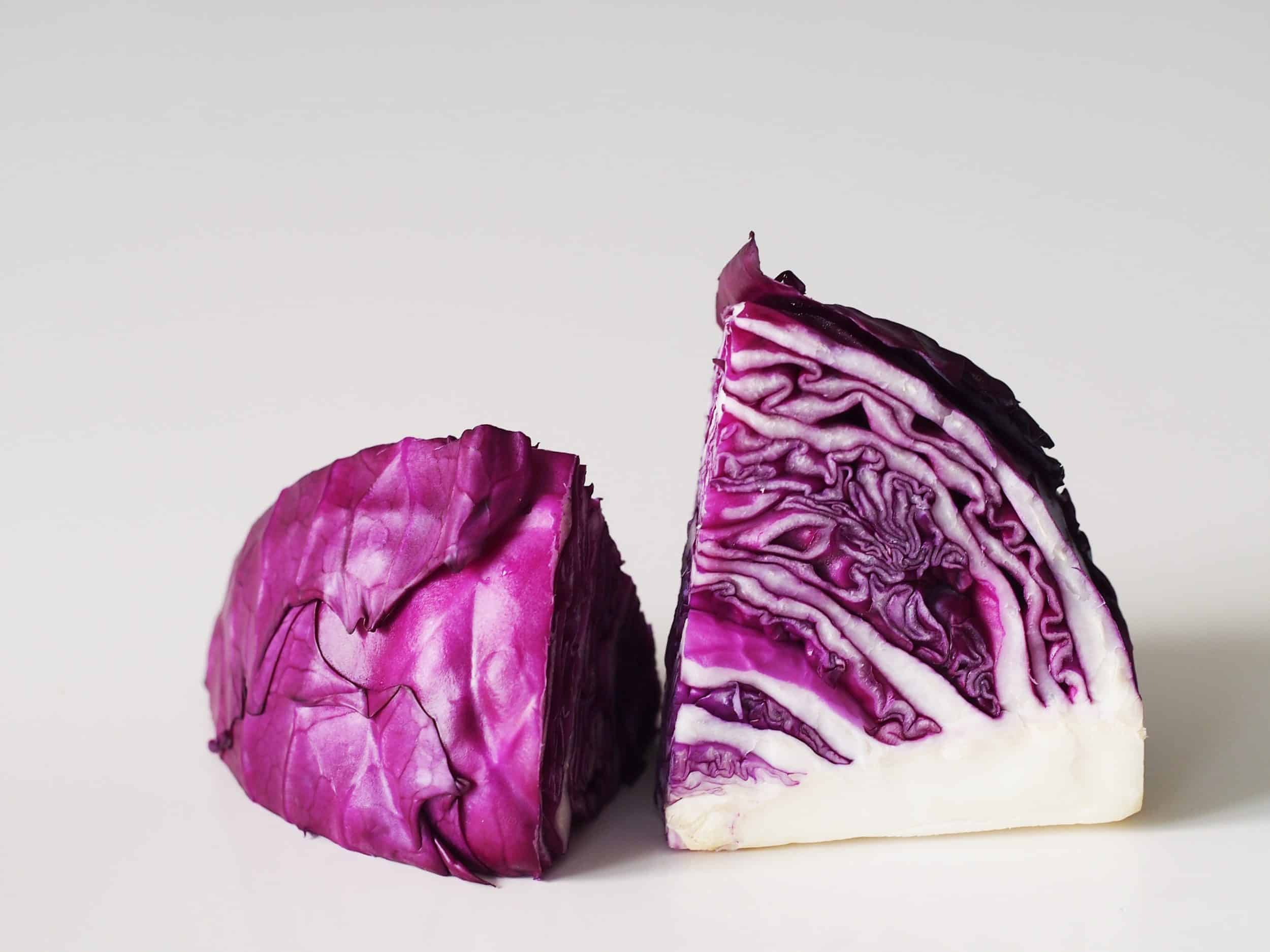
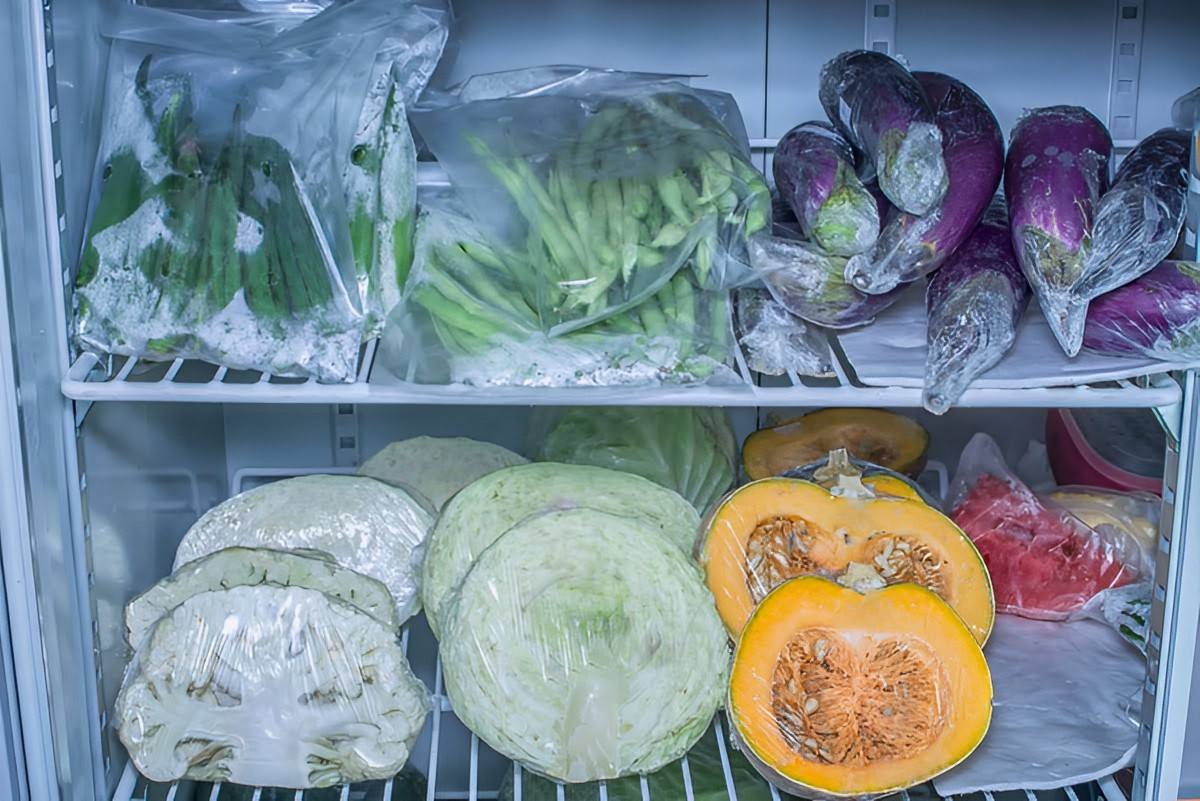
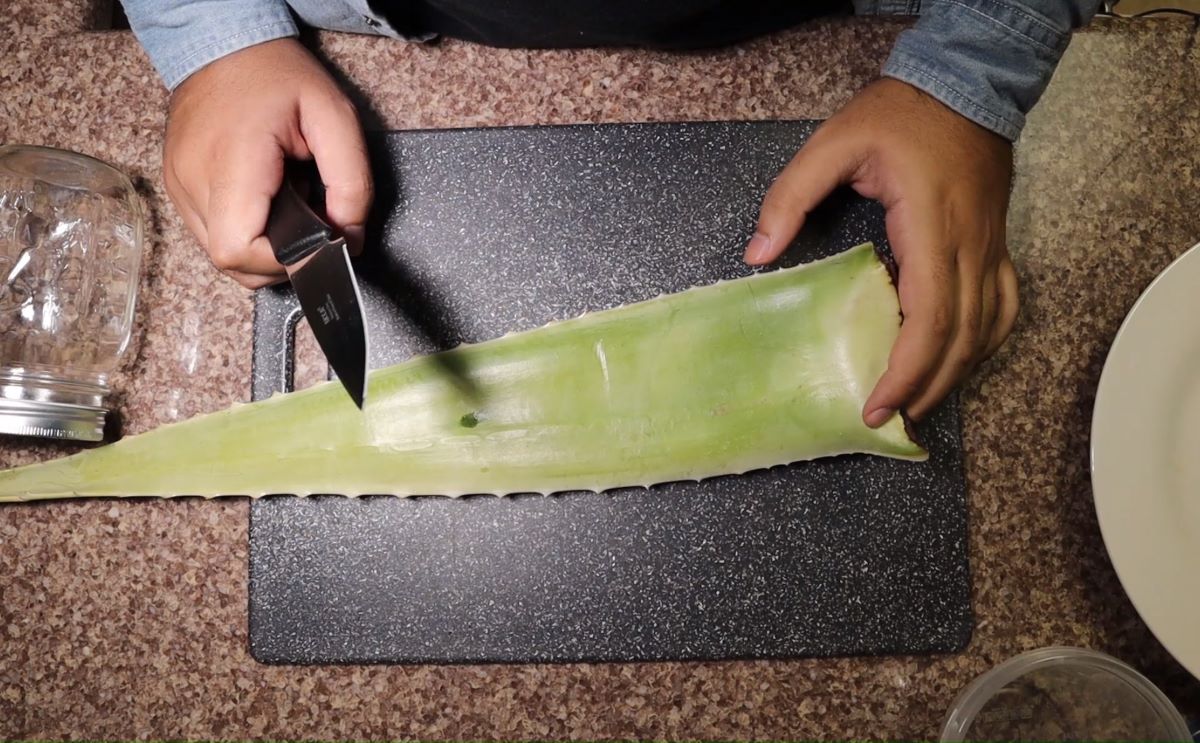

0 thoughts on “How To Store Mango After Cut”